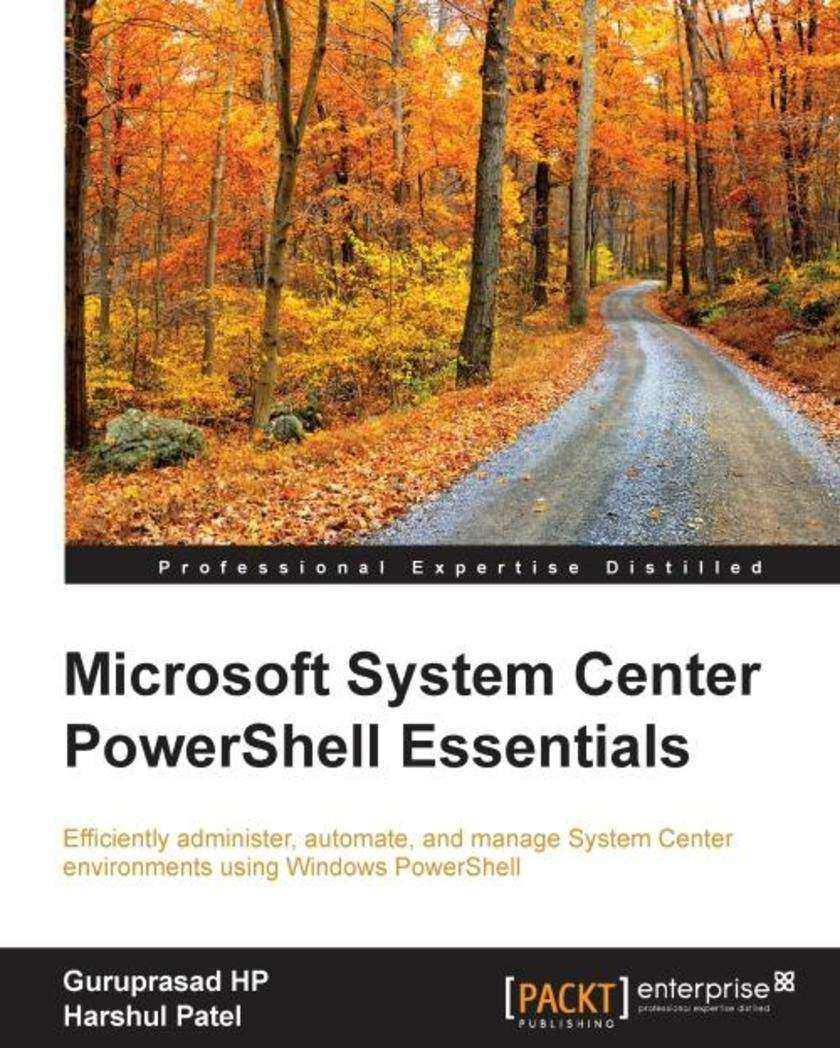
Microsoft System Center PowerShell Essentials
¥54.49
If you are a Microsoft System Center administrator who manages System Center environments and utilizes the console for management, then this book is ideal for you. This book is also for System Center users who now want to learn to manage systems using PowerShell.
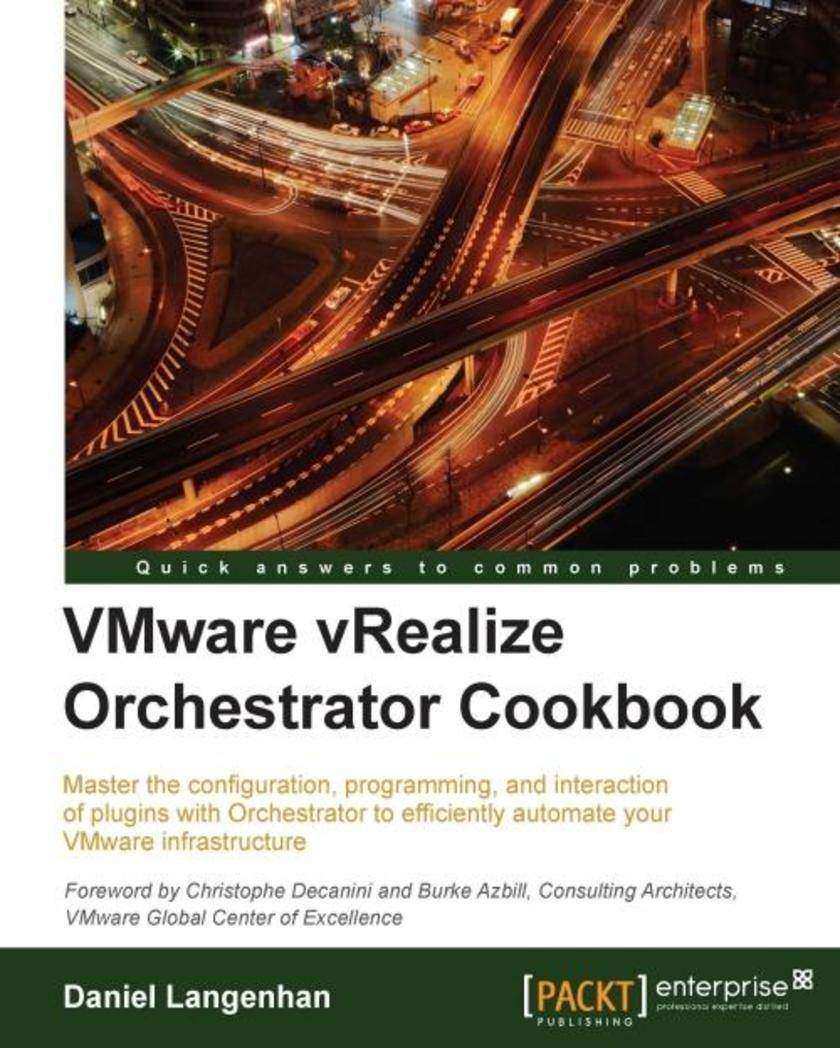
VMware vRealize Orchestrator Cookbook
¥90.46
If you are a VMware administrator who is interested in automating your infrastructure, this book is for you. An understanding of basic programming concepts is advised. No previous knowledge of Orchestrator is required, although some previous knowledge of it will allow you to get started more easily.
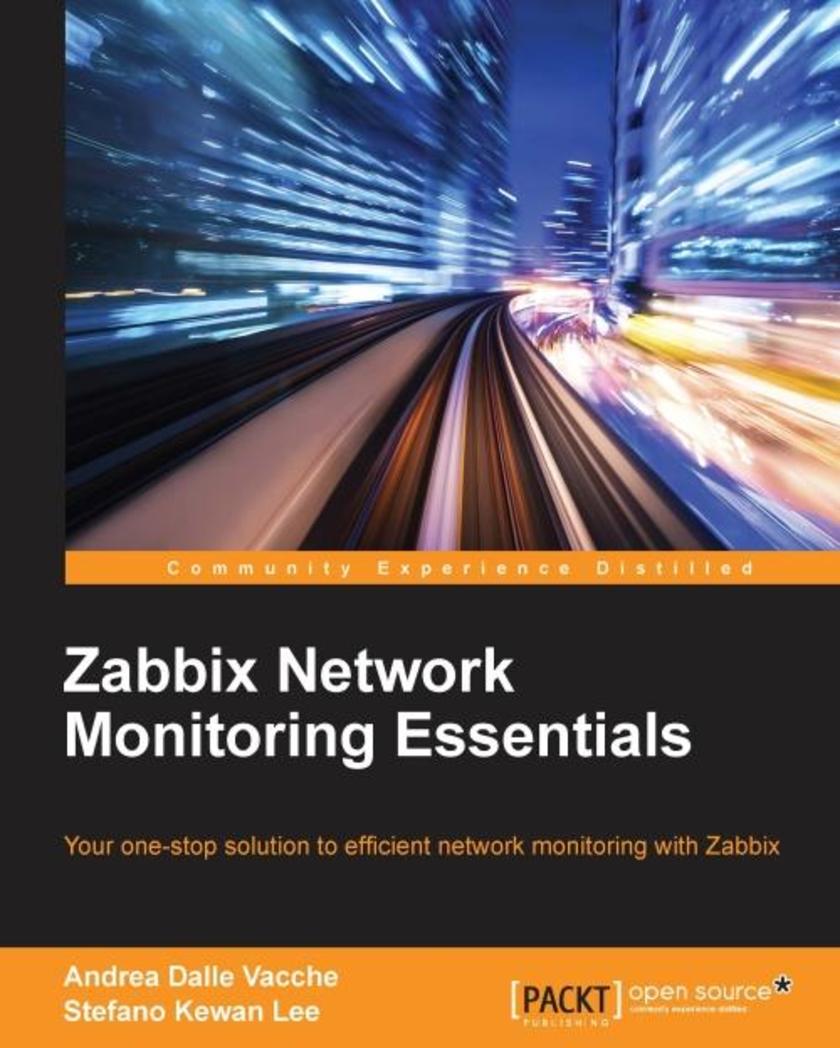
Zabbix Network Monitoring Essentials
¥45.77
If you are an experienced network administrator looking for a comprehensive monitoring solution that will keep a watchful eye on networks, then this book is for you.
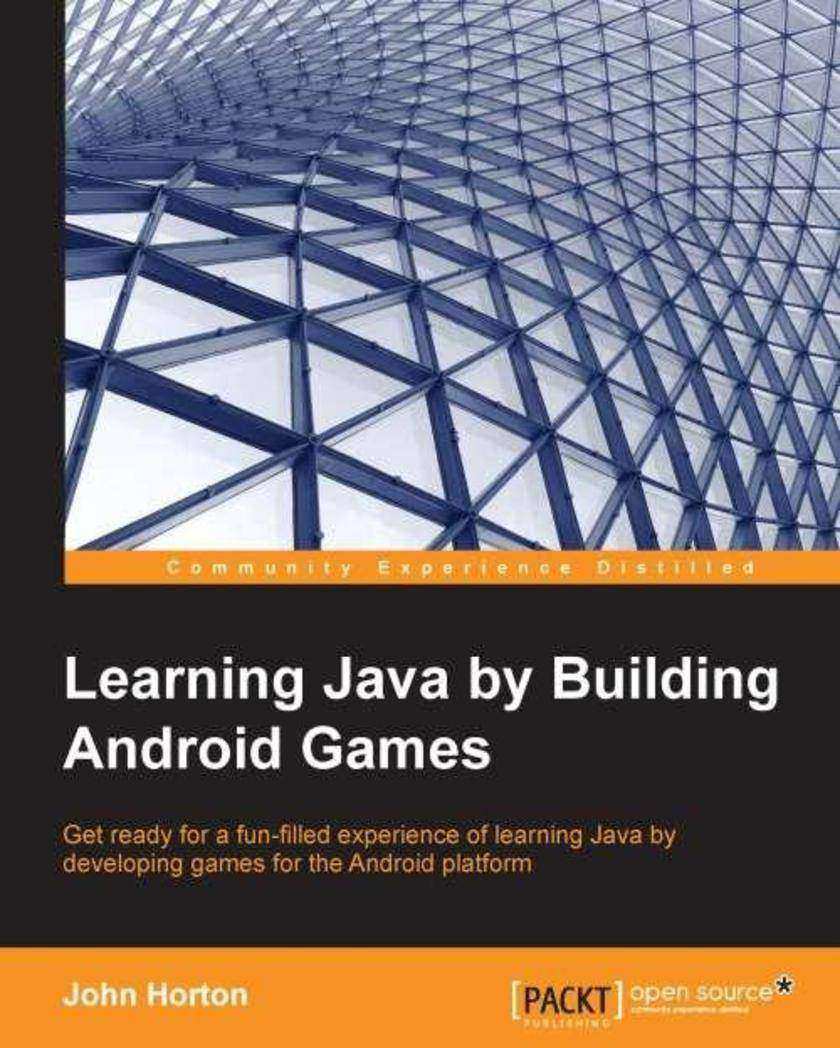
Learning Java by Building Android Games
¥80.65
If you are completely new to either Java, Android, or game programming and are aiming to publish Android games, then this book is for you. This book also acts as a refresher for those who already have experience in Java on another platforms or other object-oriented languages.

Microsoft SharePoint 2010 Developer's Compendium
¥90.46
“Microsoft SharePoint 2010 Developer’s Compendium: The Best of Packt for Extending SharePoint” takes a less discussion, more value approach to helping you learn all that you can about extending SharePoint. A medley of a total of five Packt books, each chapter has its own unique style so that you can learn not only from content written in a step by step tutorial style, but also from handbook and cookbook chapters. If you are a developer who would like to enhance your knowledge of SharePoint development to create sites with great user experience, don’t miss “Microsoft SharePoint 2010 Developer’s Compendium: The Best of Packt for Extending SharePoint”. You should already be comfortable with general SharePoint development practices, though prior experience with PowerShell, Visual Studio, Silverlight and Windows 7 Phone is not a necessity.
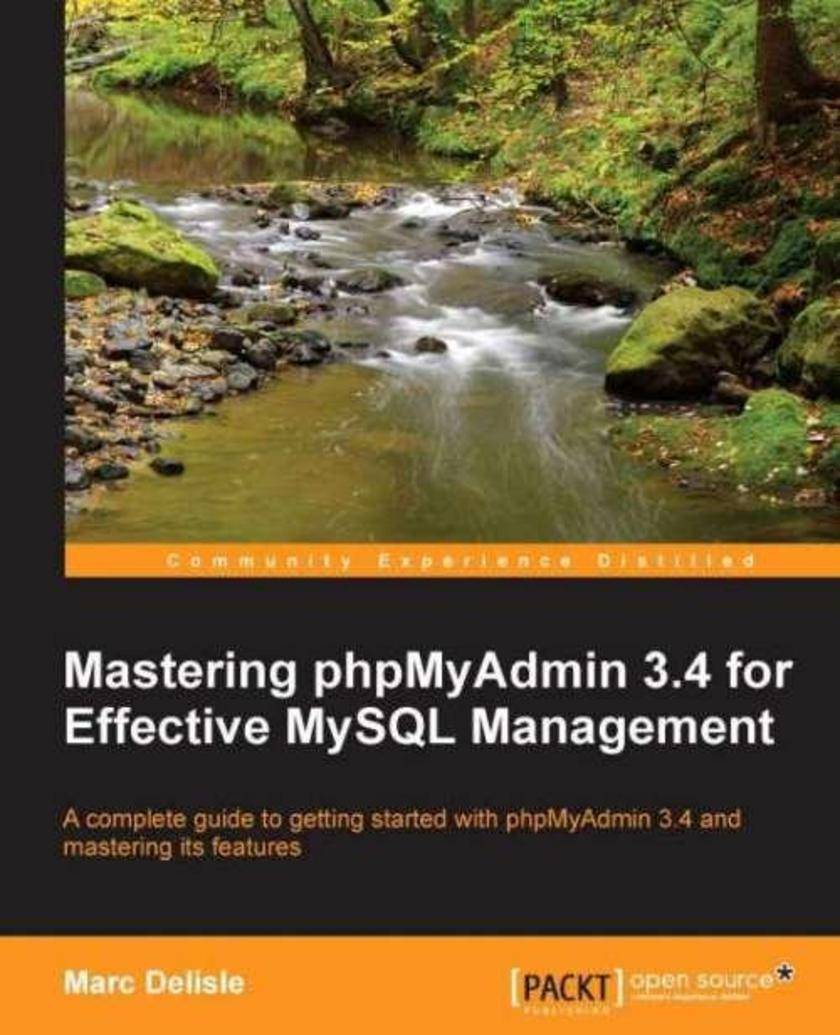
Mastering phpMyAdmin 3.4 for Effective MySQL Management
¥71.93
This is a step-by-step instructional guide to get you started easily with phpMyAdmin and teach you to manage and perform database functions on your database. You will first be introduced to the interface and then build basic tables and perform both simple and advanced functions on the created database. The book progresses gradually and you will follow it best by reading it sequentially. If you are a developer, system administrator, or web designer who wants to manage MySQL databases and tables efficiently, then this book is for you. This book assumes that you are already wellacquainted with MySQL basics. This book is a must-read for every serious phpMyAdmin user who would like to use this outstanding application to its full power.
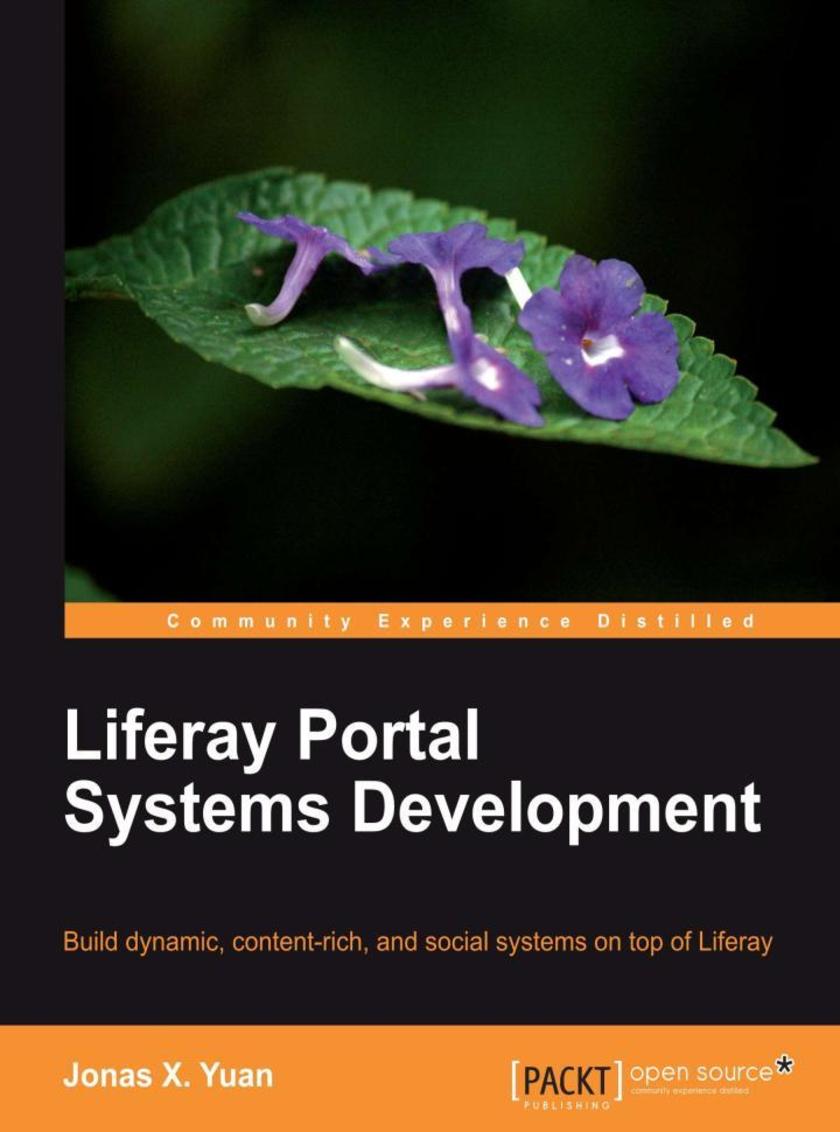
Liferay Portal Systems Development
¥107.90
This book is for Java developers who don't need any prior experience with Liferay portal. Although Liferay portal makes heavy use of open source frameworks, no prior experience of using these is assumed.
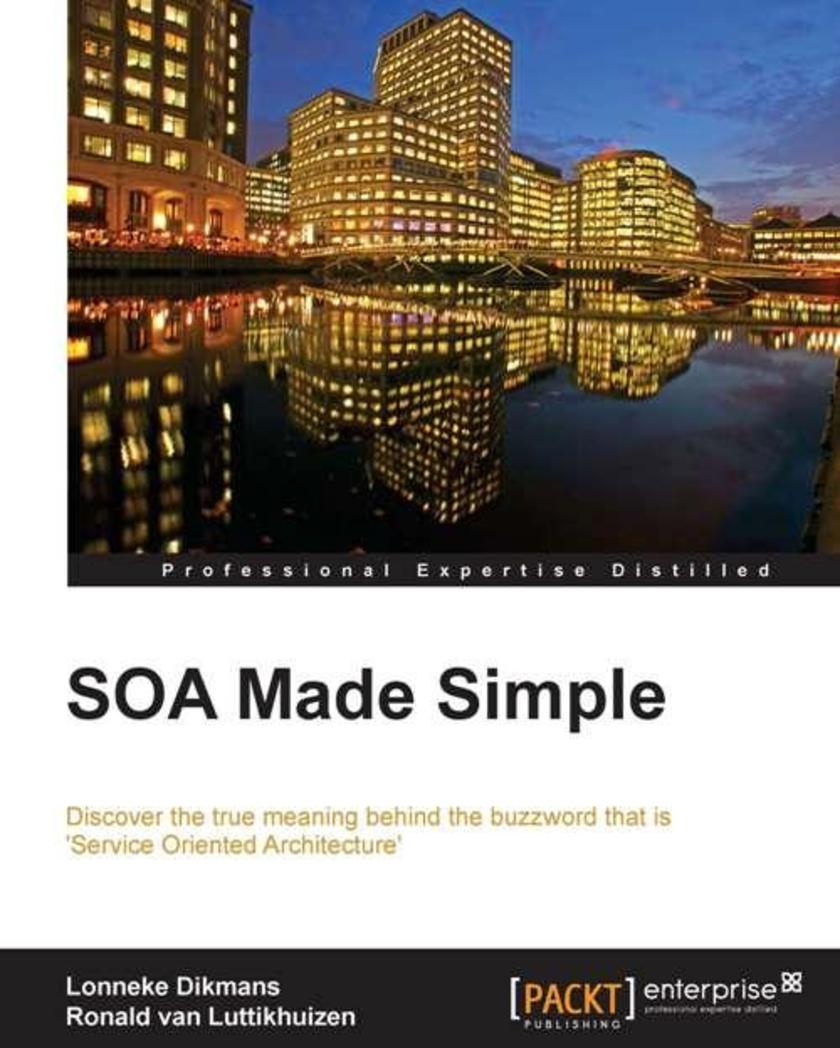
SOA Made Simple
¥80.65
“SOA Made Simple” is a concise and indispensable handbook for finally understanding exactly what Service Oriented Architecture is. Split into three clear sections, in this book you’ll learn from both theory as well as step-by-step implementation examples to aid in your understanding of this often poorly- articulated industry term.If you are an architect who wants to be completely clear in your understanding of what SOA is, then this book is essential. In fact, anyone (designer, developer, administrator or team lead) who is implementing or about to implement an architecture in an IT environment should not miss out on “SOA Made Simple”. Some previous experience with general software architecture is required, but this guide will tell you everything you need to know about SOA in a clear and easy fashion.

Oracle 11g Anti-hacker's Cookbook
¥99.18
This cookbook has recipes written in simple, easy to understand format with lots of screenshots and insightful tips and hints. If you are an Oracle Database Administrator, Security Manager or Security Auditor looking to secure the Oracle Database or prevent it from being hacked, then this book is for you. This book assumes you have a basic understanding of security concepts.
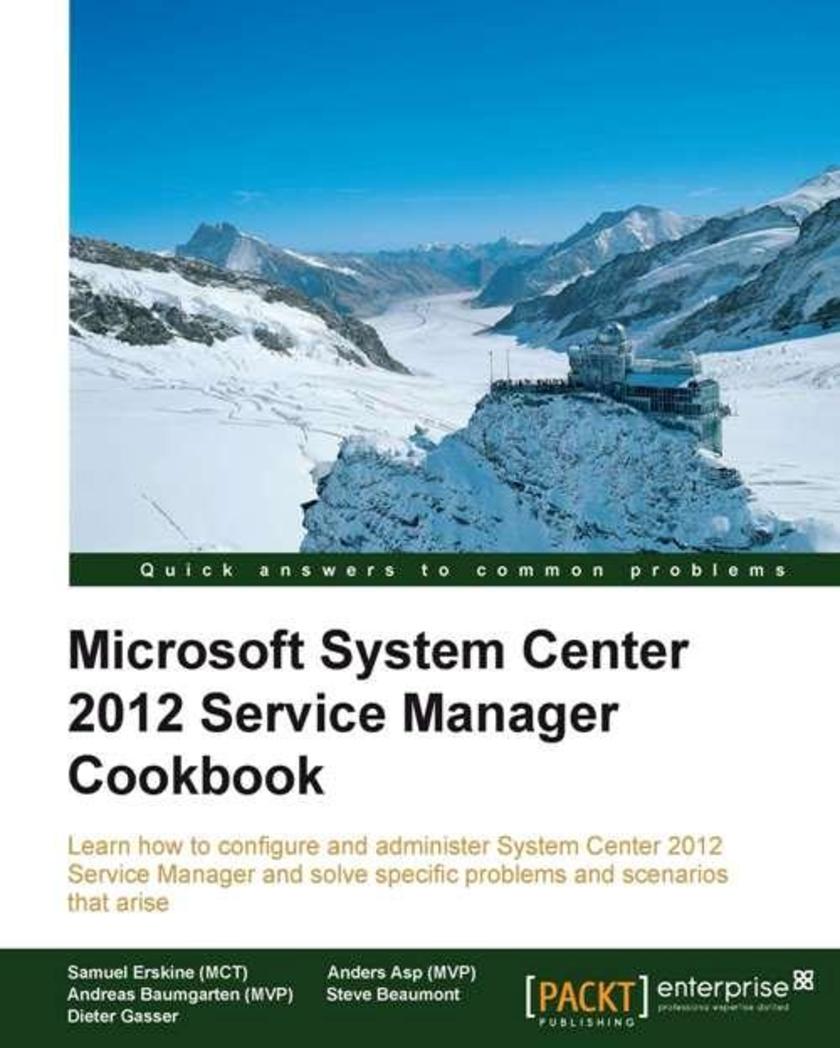
Microsoft System Center Service Manager 2012 Cookbook
¥90.46
This book is written in practical cookbook style and it offers learning through vivid examples and. Each chapter contains step-by-step instructions about everything necessary to execute a particular task. The book is designed so that you can read it from start to end for beginners or just open up any chapter and start following the recipes as a reference for advanced users,This book will be useful to IT professionals including System Center Service Manager administrators who want to configure and administer System Center Service Manager 2012 and understand how to solve specific problems and scenarios that arise while using System Center Service Manager. It will also be useful to users of 2010 in learning new features and capabilities.
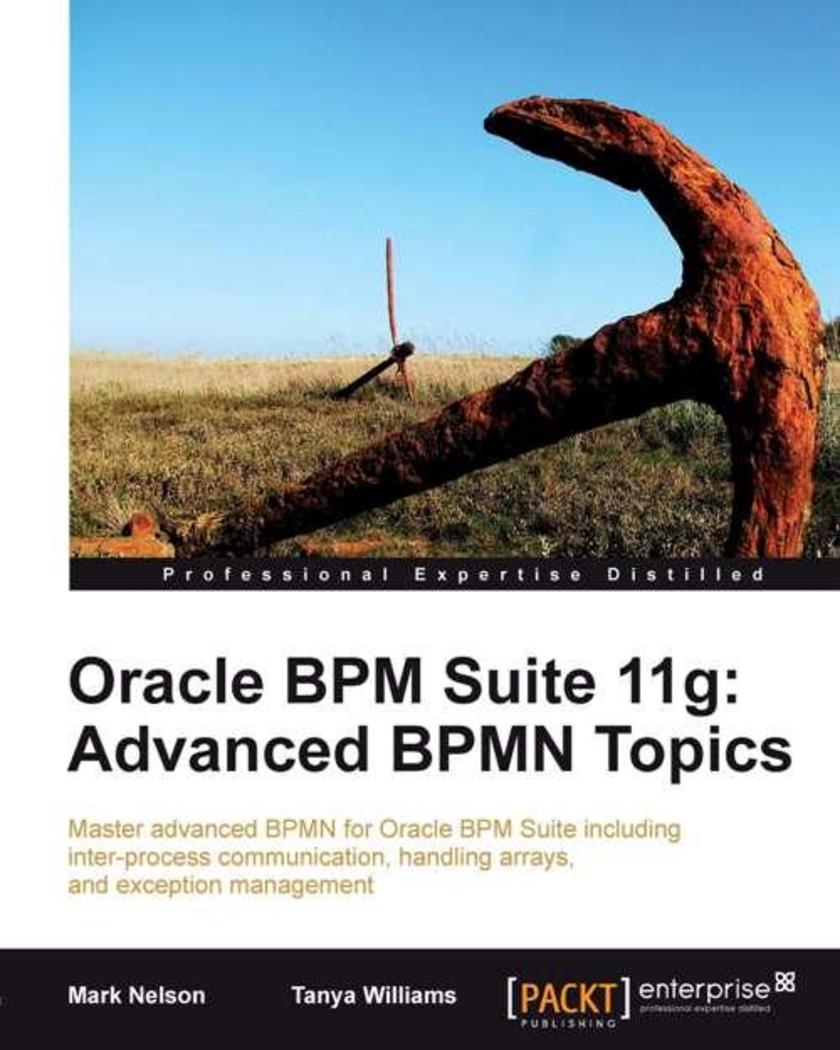
Oracle BPM Suite 11g: Advanced BPMN Topics
¥45.77
"Oracle BPM Suite 11g: Advanced BPMN Topics" is a concise tutorial which treats each topic to both a theoretical and practical approach. If you are a developer or architect working with Oracle BPM Suite 11g, this book is for you. Basic knowledge of BPM Suite and business process management in general is assumed.
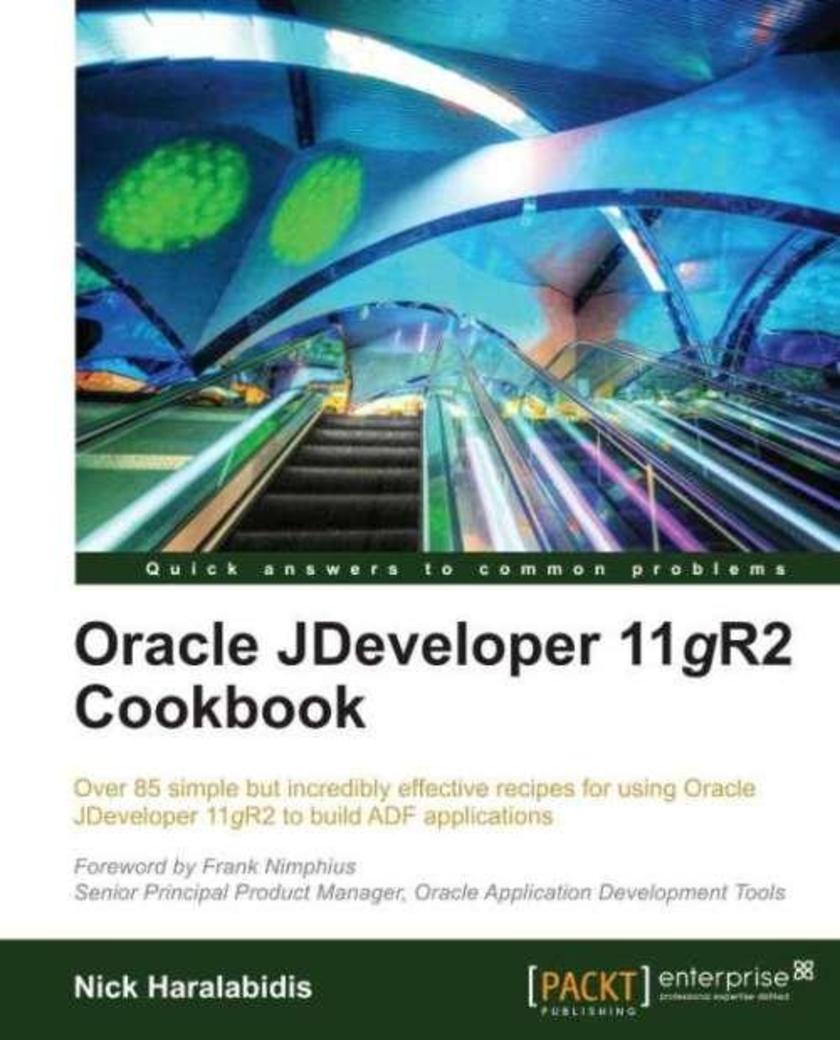
Oracle JDeveloper 11gR2 Cookbook
¥116.62
“Oracle JDeveloper 11gR2 Cookbook” is a practical cookbook which goes beyond the basics with immediately applicable recipes for building ADF applications at an intermediate-to-advanced level. If you are a JavaEE developer who wants to go beyond the basics of building ADF applications with Oracle JDeveloper 11gR2 and get hands on with practical recipes, this book is for you. You should be comfortable with general Java development principles, the JDeveloper IDE, and ADF basics
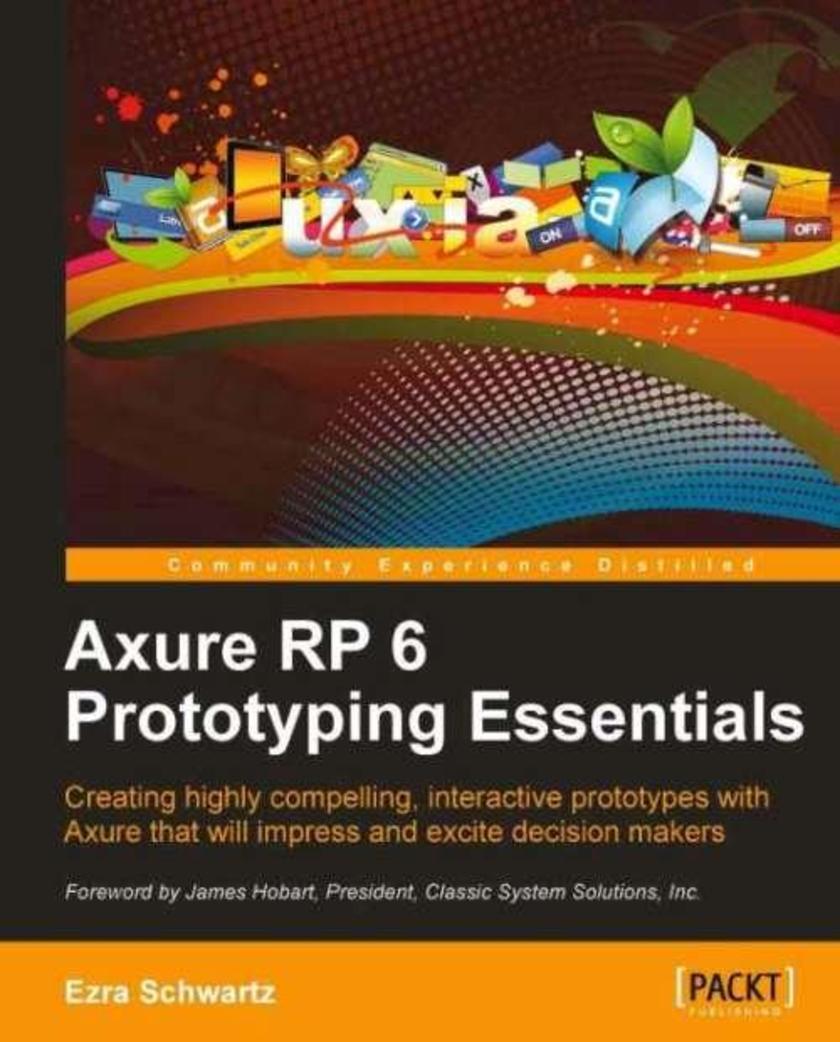
Axure RP 6 Prototyping Essentials
¥90.46
Axure RP 6 Prototyping Essentials is a detailed, practical primer on the leading rapid prototyping tool. Short on jargon and high on concepts, real-life scenarios and step-by-step guidance through hands-on examples, this book will show you how to integrate Axure into your UX workflow. This book is written for UX practitioners, business analysts, product managers, and anyone else who is involved in UX projects. The book assumes that you have no or very little familiarity with Axure. It will help you if you are evaluating the tool for an upcoming project or are required to quickly get up to speed in a project you just joined. The book assumes some familiarity with the principles of the User Centred Design methodology.
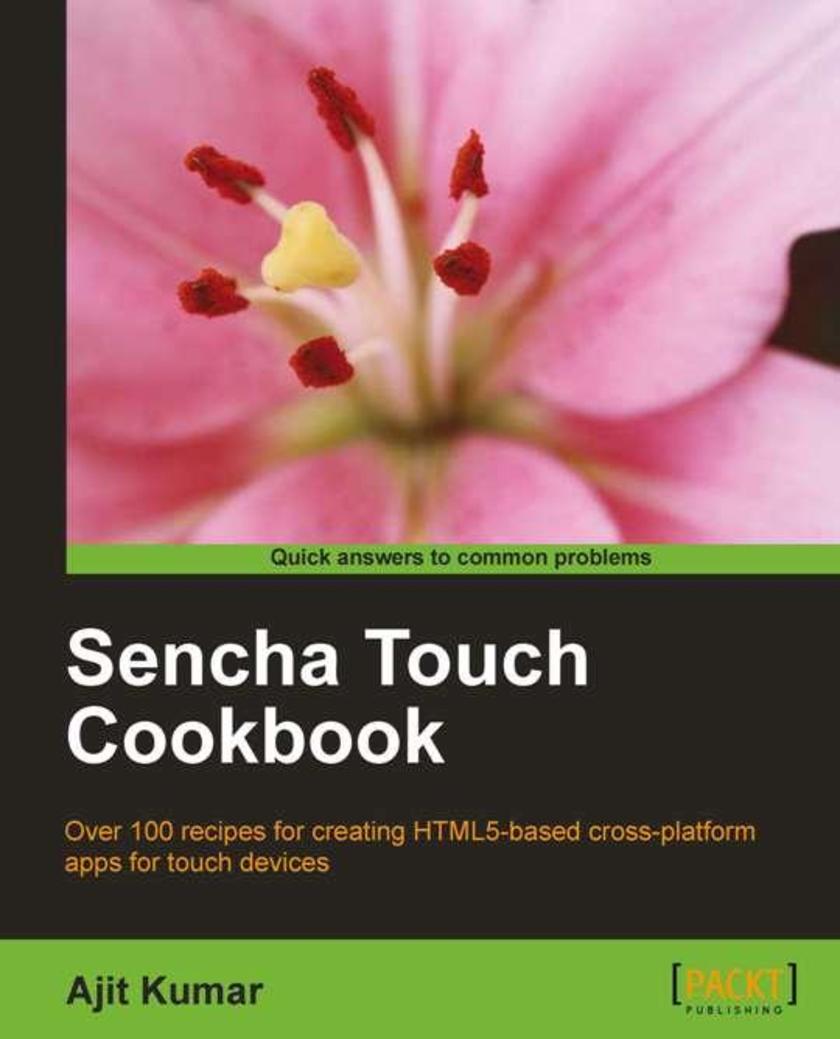
Sencha Touch Cookbook
¥80.65
The book is written in a cookbook style, presenting examples in the style of recipes, allowing you to go directly to your topic of interest, or follow topics throughout a chapter to gain in-depth knowledge. This book is ideal for anyone who wants to gain the practical knowledge involved in using Sencha Touch mobile web application framework to make attractive web apps for mobiles. If you have some familiarity with HTML and CSS, then this book is for you. This book will give designers the skills they need to implement their ideas, and provide developers with creative inspiration through practical examples. It is assumed that you know how to use touch screens, touch events, WebKit on mobile systems, Apple iOS, and Google Android for Mobiles.
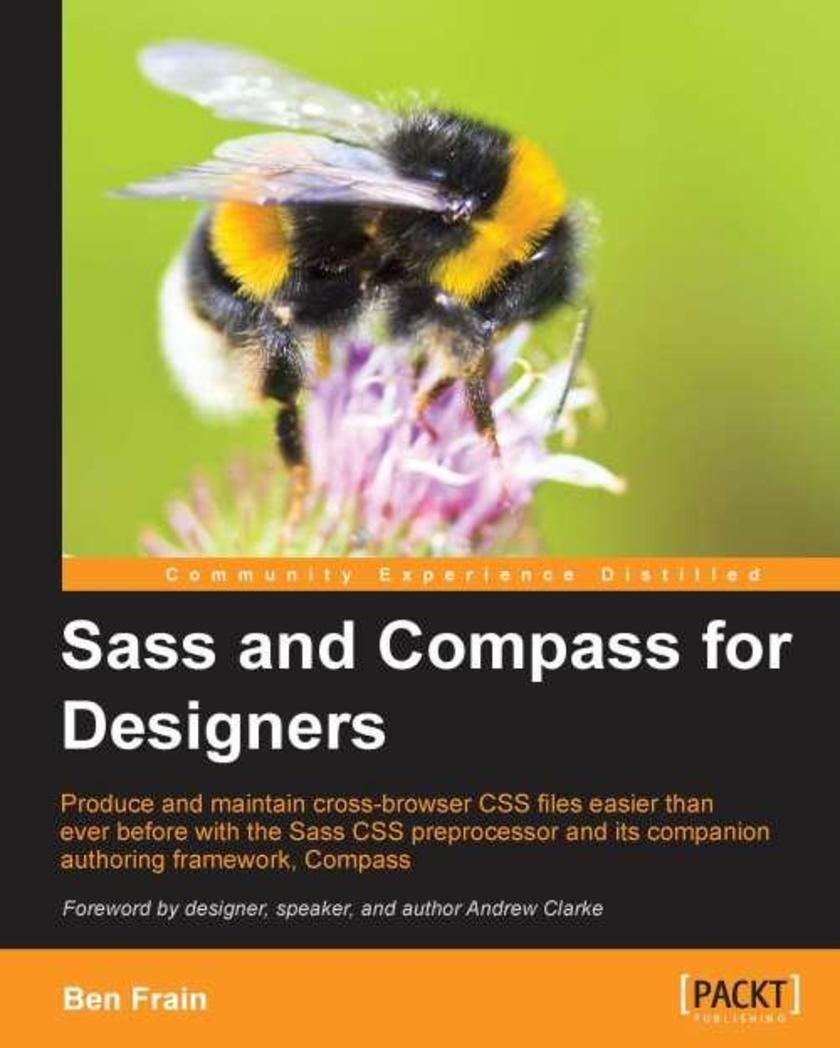
Sass and Compass for Designers
¥80.65
A step-by-step tutorial guide, taking you through how to build a responsive Sass and Compass powered website. If you understand HTML and CSS, this book is all you need to take your code to the next level with Sass and Compass. No prior understanding of CSS preprocessors or programming conventions is needed.
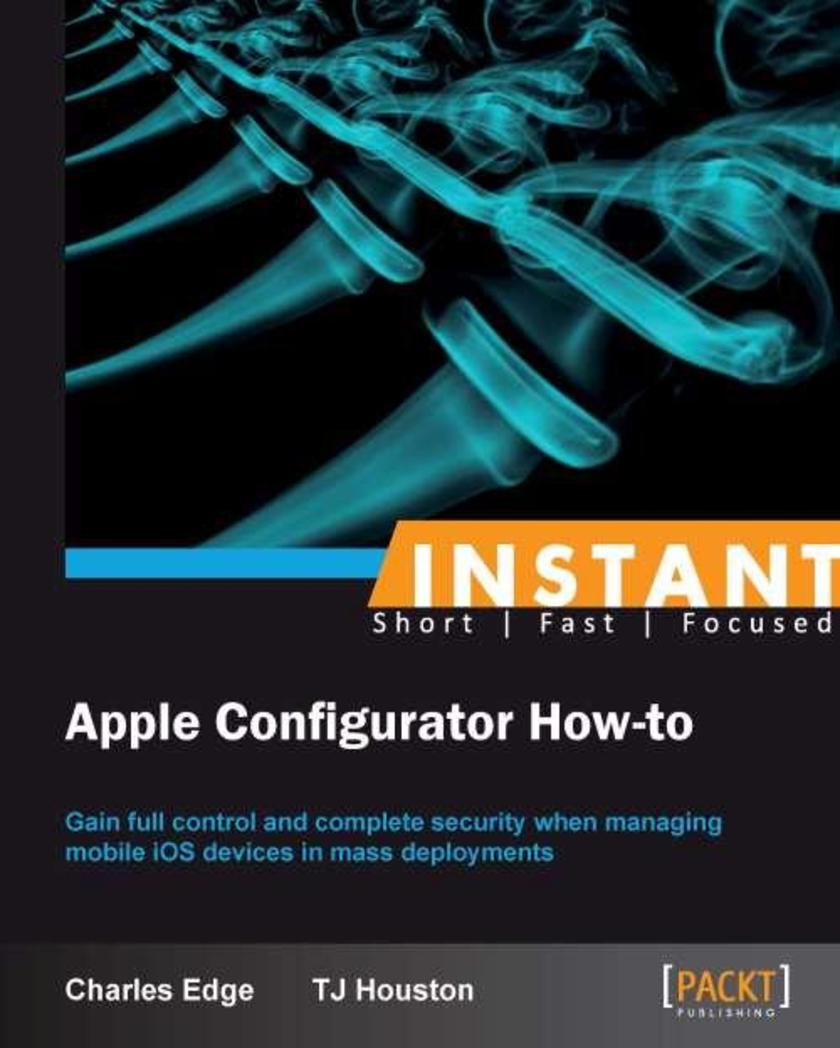
Instant Apple Configurator How-to
¥35.96
Filled with practical, step-by-step instructions and clear explanations for the most important and useful tasks. Get the job done and learn as you go. A how-To book with practical recipes accompanied with rich screenshots for easy comprehension.This book follows the Packt How-to approach, offering an informative yet practical guide that is easy to understand. The book takes a meticulous approach to providing quick and simple recipe-based solutions for security and deployment of iOS devices. "Instant Apple Configurator How-to" book is ideal for anyone with a working knowledge in iOS device deployment and management. It is likely you will be responsible for the maintenance and security of iOS devices, ranging anywhere from 10 to 10,000. This is the ultimate guide to iOS security management and device deployment.
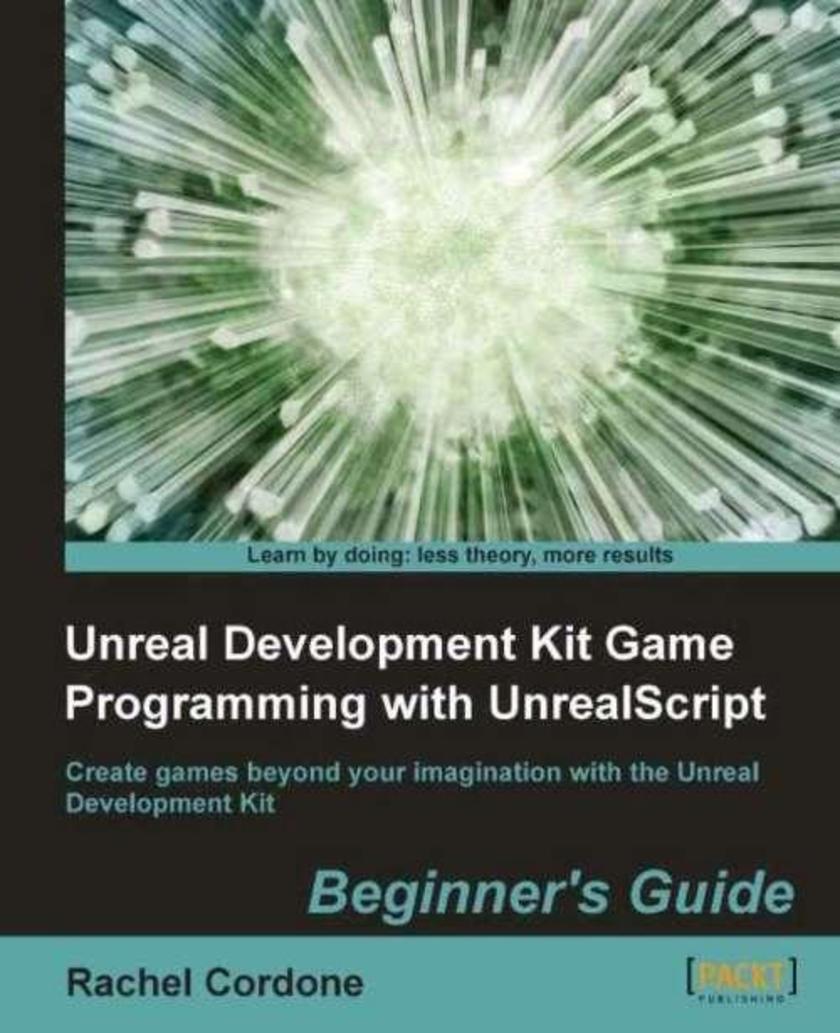
Unreal Development Kit Game Programming with UnrealScript: Beginner's Guide
¥90.46
This is a step-by-step book that builds on your knowledge by adding to an example game over the course of each chapter. Each topic uses example code that can be compiled and tested to show how things work instead of just telling you. Complicated tasks are broken down into easy to follow steps with clear explanations of what each line of code is doing. This book is written for beginners to UnrealScript, whether this is your first experience with programming or you're coming into it from another language and would like to learn how UnrealScript uses concepts you're already familiar with. If you would like to make games with the Unreal Development Kit, this book is for you.
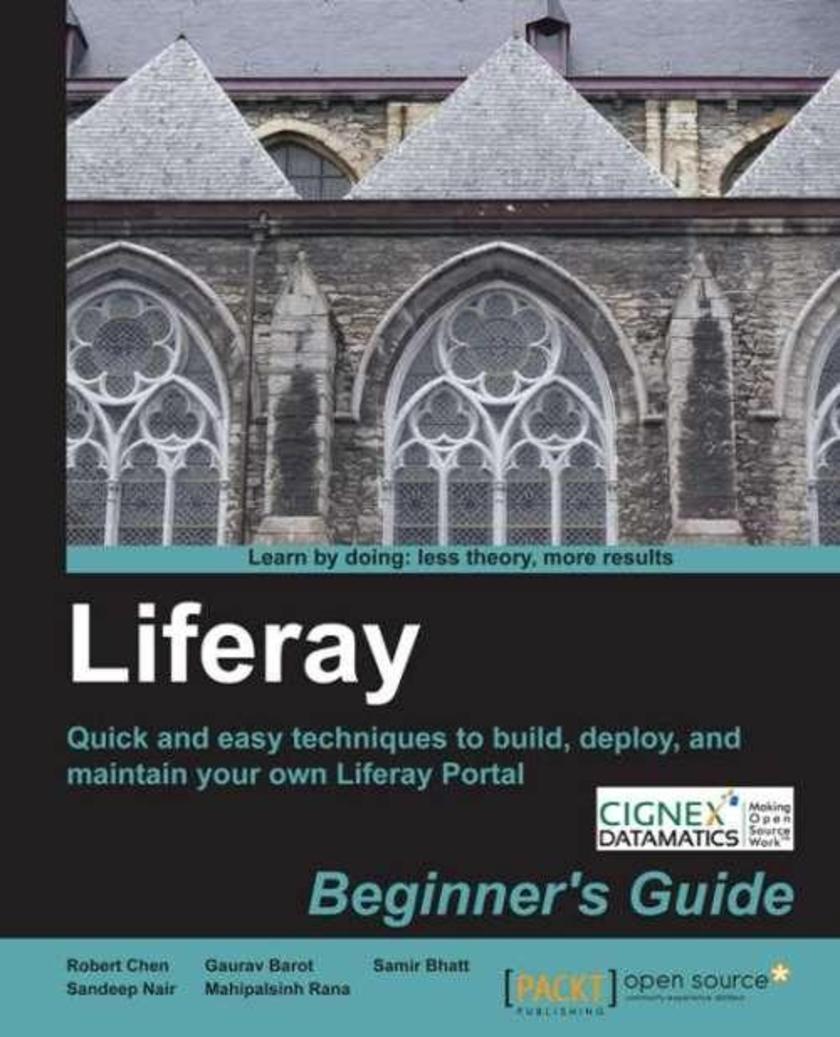
Liferay Beginner's Guide
¥80.65
Part of Packt’s Beginner’s Guide series, each chapter follows the creation of a fictional neighbourhood site to demonstrate an aspect of Liferay portal with practical examples, screenshots, and step-by-step instructions. All you need in order to benefit from the Liferay Beginner’s Guide is programming experience. No prior knowledge of Liferay is required, although experienced Liferay portal programmers who need to get up to speed with its latest features will also find this book useful.

Mastering Adobe Premiere Pro CS6
¥90.46
Designed to be practical and engaging, Mastering Adobe Premiere Pro CS6 is a project-based book to help you truly augment your skills and become a film editing hotshot.If you're just starting out or even migrating from existing video editing software, then this book is for you. With rapid progression through practical examples constructed to be both engaging and useful, Mastering Adobe Premiere Pro CS6 is ideal for learning the sometimes complex workflows of this powerful application.
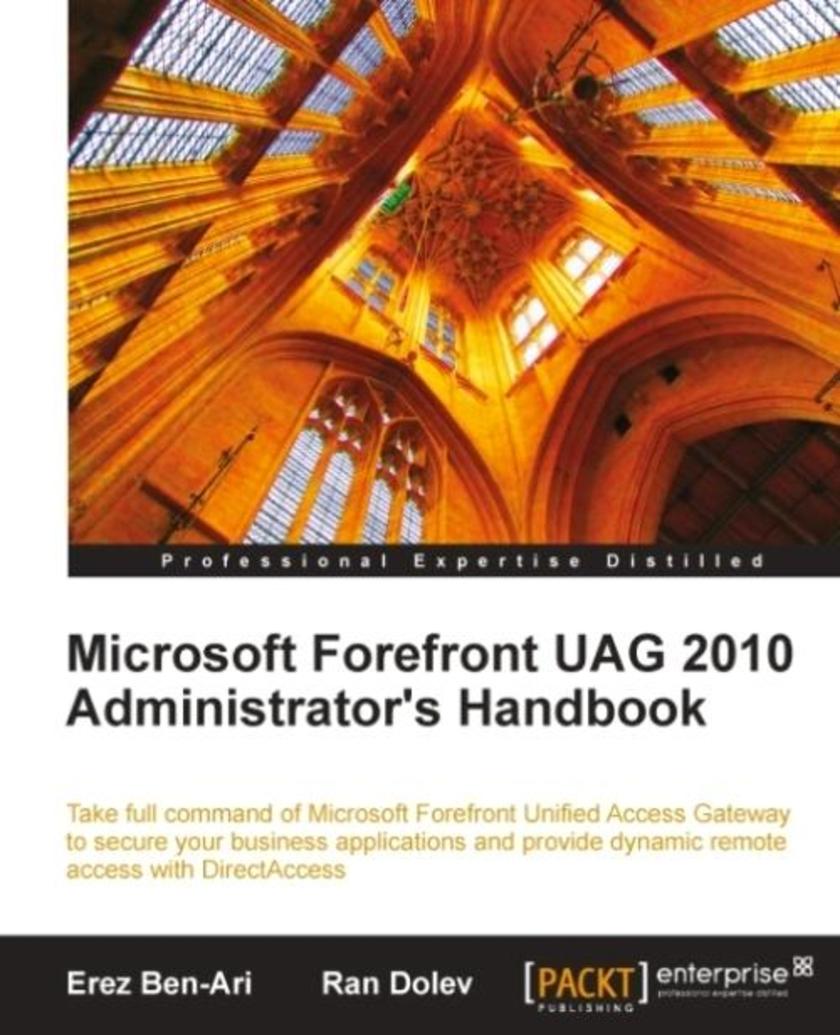
Microsoft Forefront UAG 2010 Administrator's Handbook
¥107.90
This book is a hands-on guide, describing concepts, ideas and terminology related to UAG and related technologies. The book starts with a discussion of terms that UAG technology is based on, and proceeds with step-by-step guidance for performing the various tasks related to UAG's core features. Each topic is preceded by a discussion of considerations that the administrator and the organization needs to go through to prepare for the task at hand, and includes plenty of screenshots illustrating what the administrator should expect to see on-screen, with real-life examples of configuration options. If you are a Networking or Security engineer who intends to integrate UAG into the organization network, then this book is for you. You need no experience with UAG or its predecessors, though basic understanding of Networking and Windows Server management and engineering is required. Experience with security systems like Firewalls would also help you to better understand some of the topics covered by this book.
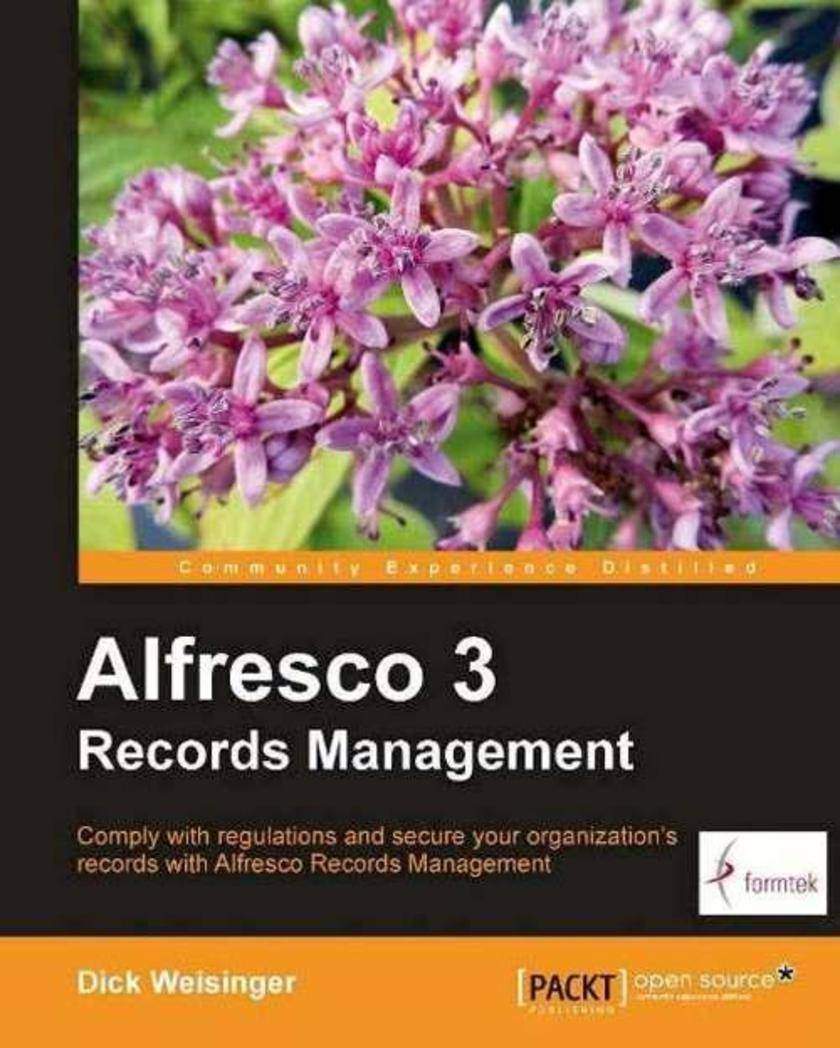
Alfresco 3 Records Management
¥116.62
This book is structured in a sequential way that walks you through the steps necessary to set up your Alfresco Records Management system. Chapters follow a logical progression with each chapter building on the knowledge and implementation details learned in earlier chapters. If you are a records manager, business analyst, or a software developer, and want to implement the Alfresco Records Management program for your organization, then this book is for you. You don't require any prior knowledge of Alfresco Share software to follow this book.




 购物车
购物车 个人中心
个人中心



